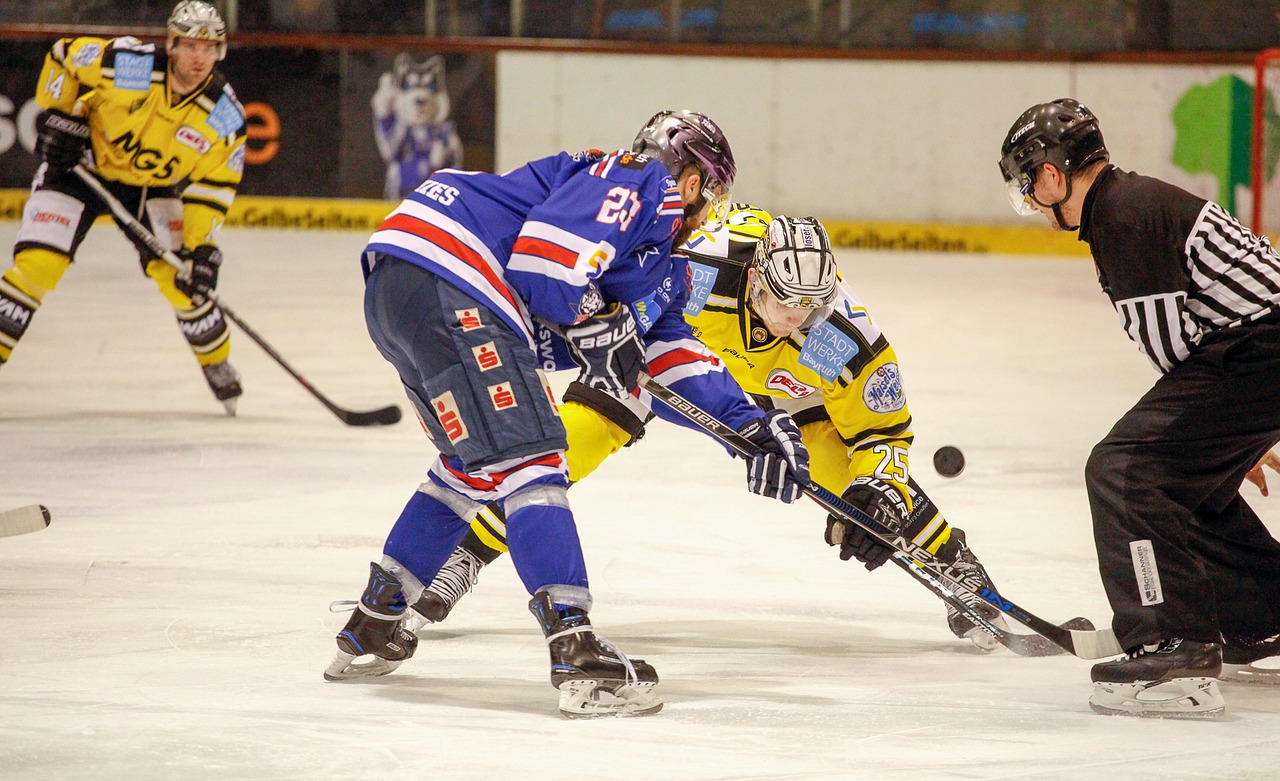
When I was younger, and just getting into ice hockey, I thought that the rules were extremely complicated; I knew that there is the exact amount of players on the field and that the playtime is around an hour long, but I knew nothing else apart from that. And to be frank, it took me quite some time to dive into the topic that is called the rules of hockey. Why was I like that, I have no clue, but now I can safely say that I mastered all the rules and that in hindsight, it isn’t really difficult to remember them all.
So today, I wanted to create an article for those who are similar to the young me – the ones who find the rules of hockey confusing, boring even. I want to make it easier for you, so that you can understand the gameplay in no time. So, without any further ado, here are the basic hockey rules you need to know to understand, play and watch hockey!
Team formation
In the NHL, a club (or a team, however you wish to call it) can have up to 23 players! However, you need to know that there are never that many players on the field – this number includes all of the players that have the possibility of playing during that season. Usually, the team will have the maximum of 6 active players on the field during the game.

The regular team formation consists of 3 forwards, 2 defensemen and 1 goalie. The teams can change the position of their players and maybe even switch their goalie to become a defenseman in critical periods of the game!
You saw me mentioning certain hockey-lingo right now: such as forwards, defensemen and goalie. I’ll briefly explain their role in the game.
– Forwards: The role of the forwards is to, in simple terms, attack the enemy. There are three different positions of the forward player: left-wing, center, and right-wing.
–Defensemen: The role of the defensemen is to defend their team from the enemy. Since there are naturally two defensemen on the team, they take the position of a left-defenseman and a right-defenseman.
– Goalie: A goalie is the player that defends the goal and protects it from the enemy’s attacks! As I’ve mentioned before, there can be a situation in which a goalie will become a defenseman, but it is only done in high-risk situations.
Important rules while you’re playing the game
1. Offside
As a player, you need to be aware of the offside. An offside happens when an offensive (forward) player crosses the blue line before the puck! What counts as an offside and what doesn’t changes all the time, but generally you can’t cross some of the parts of the field before your puck does.
2. Not all players can be at the center ice at the beginning of the game
At the beginning of the game, only two players (one from each team) can be found at the center ice (the middle of the field). When the referee drops the puck, and the puck hits the ice, that’s when all the other players can interfere and go after the puck.

3. There are many, many penalties
Hockey is known to be an aggressive sport (to a degree, right?!). As a player, you need to know that each penalty is of different importance and that each penalty has a different consequence.
I hope this brief overview of the rules helps you!





